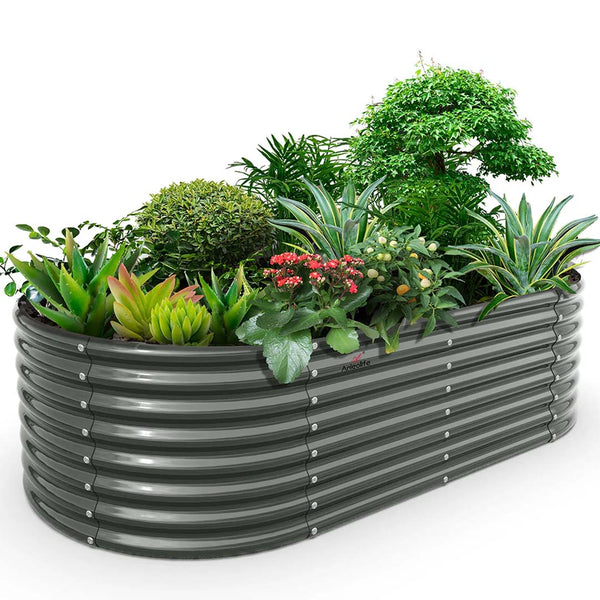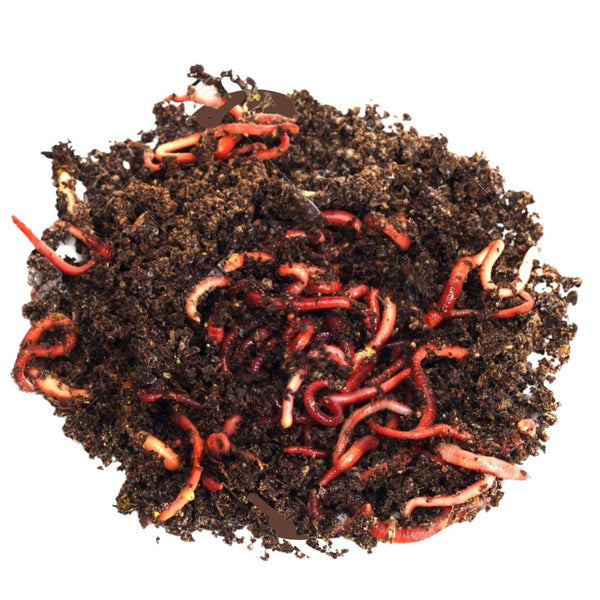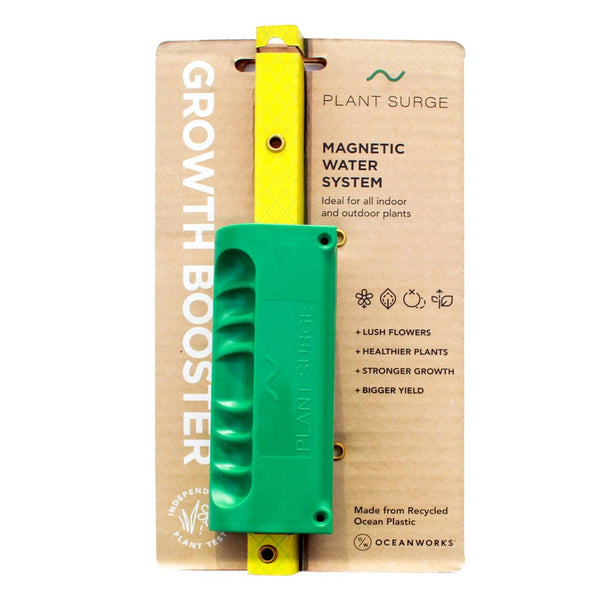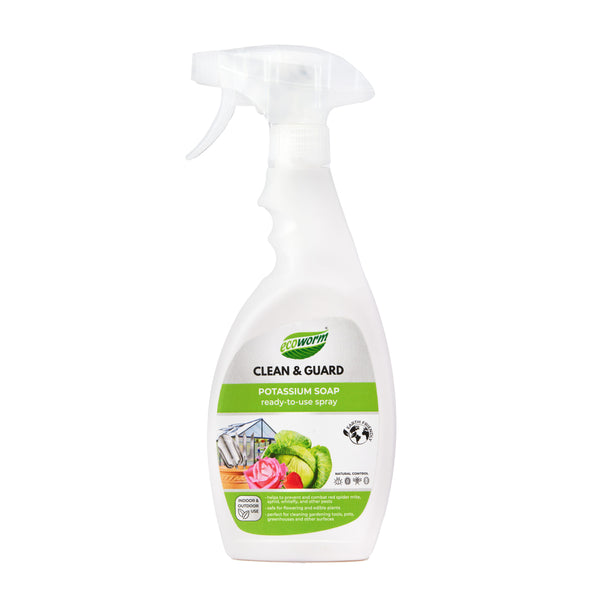The Four-Season Solution: Raised Flower Beds That Bloom When Others Are Dormant

Benefits of Raised Garden Beds
Raised garden beds are like the VIP section for your plants, offering perks that make gardening a breeze, especially if you've got some specific needs or quirks. Let's dig into why these elevated plots are a gardener's best friend and how they stack up against the old-school, in-ground gardens.
Advantages of Raised Beds
Raised beds come with a bunch of perks that make them a top pick for green thumbs:
- Better Dirt, Better Plants: You get to play soil scientist with raised beds, mixing up the perfect blend of dirt, fertilizer, and water. This is a game-changer if your yard's soil is more like a brick than a garden.
- Room to Grow: Plants in raised beds have more legroom, so they grow bigger and healthier, especially if your ground is rocky or just plain stubborn.
- Easy on the Knees: No more bending and stretching like a yoga class. Raised beds are kinder to your back and knees, which is a win if you're not as spry as you used to be. Keep them around 3 feet wide for easy reach.
- Pest Bouncers: Raised beds are like a fortress against pests like snails, slugs, and those pesky burrowers. Sure, you can net in-ground beds, but it's not as foolproof (Azure Farm Life).
- Jumpstart the Season: These beds warm up faster in spring, giving you a head start on planting. While your neighbor's in-ground garden is still thawing, you're already growing.
Raised Beds vs. In-Ground Gardens
When you put raised beds head-to-head with in-ground gardens, here's how they measure up:
| Feature | Raised Beds | In-Ground Gardens |
|---|---|---|
| Soil Quality Control | High | Low |
| Root Growth Space | More | Less |
| Accessibility | Easier | Harder |
| Pest Resistance | Higher | Lower |
| Growing Season | Longer | Shorter |
Raised beds give you the upper hand in controlling growing conditions, making them perfect for places where the soil's not so great. They offer more room for roots, leading to healthier plants. Plus, they're easier to work with if bending and kneeling aren't your thing. They're also tougher against pests and let you start planting sooner.
If you're itching to learn more about raised garden beds, check out our articles on raised garden bed, gardening in raised beds, and raised flower beds diy.
Choosing the Right Materials
Picking the right stuff for your raised flower beds is like choosing the perfect pair of shoes—it's gotta last and look good. Let's check out some options, focusing on wood and other cool materials.
Wood Options for Raised Beds
Wood's a classic for raised beds because it looks great and works well. But not all wood is the same. Here's the lowdown on some popular choices:
Cedar
Cedar's a fan favorite because it naturally fights off rot and bugs. It's tough and can hang in there for years without any extra help. Plus, it smells nice and looks great in any garden.
| Wood Type | Durability | Cost | Maintenance |
|---|---|---|---|
| Cedar | High | Moderate | Low |
Redwood
Redwood's another solid pick, known for being tough and not rotting away. It's a bit pricier than cedar but offers similar perks. Its rich color and grain make it a looker in the garden.
| Wood Type | Durability | Cost | Maintenance |
|---|---|---|---|
| Redwood | High | High | Low |
Untreated Pine
Untreated pine is the budget-friendly option, but it's not as tough as cedar or redwood. It can rot and attract bugs, so it's not the best for long-term use. Still, it's a decent choice for temporary beds.
| Wood Type | Durability | Cost | Maintenance |
|---|---|---|---|
| Untreated Pine | Low | Low | High |
For more on wood options, check out our article on raised garden bed materials.
Alternative Materials for Raised Beds
Wood's great, but there are other materials that bring their own flair to the garden.
Concrete Blocks
Concrete blocks are cheap and built to last. They're easy to find and let you get creative with your design. But they're heavy and might leak chemicals into the soil, so maybe skip them for food plants.
| Material | Durability | Cost | Maintenance |
|---|---|---|---|
| Concrete Blocks | High | Low | Low |
Plastic and Resin
Plastic and resin beds are tough, light, and a breeze to put together. They come in all shapes and sizes, making them super handy. Just watch out for BPA in some plastics, and remember they hold onto water, which might not be great for all plants.
| Material | Durability | Cost | Maintenance |
|---|---|---|---|
| Plastic/Resin | High | Moderate | Low |
Fabric Beds and Grow Bags
Fabric beds and grow bags are cheap and easy to move, perfect for small spaces or balconies. They let roots breathe but need more watering and soil top-ups since they don't hold moisture well.

| Material | Durability | Cost | Maintenance |
|---|---|---|---|
| Fabric/Grow Bags | Moderate | Low | High |
For more on alternative materials, visit our page on raised flower beds diy.
Picking the right material for your raised flower beds is all about what you need and like. Whether you go for wood, concrete, plastic, or fabric, each has its own perks and things to think about. Check out our raised bed kits for more ideas and options.























